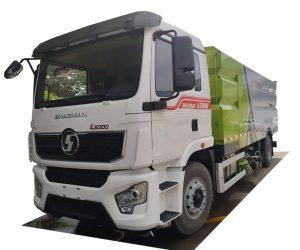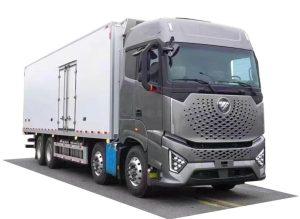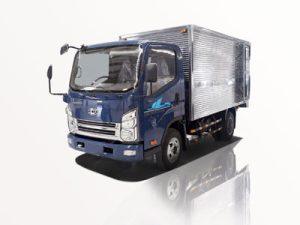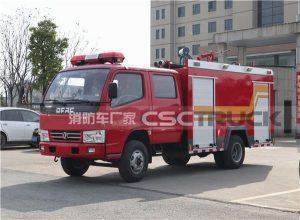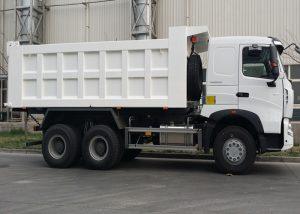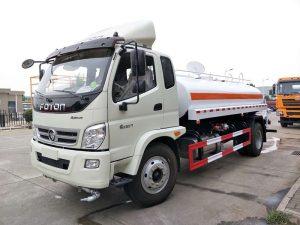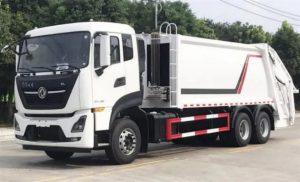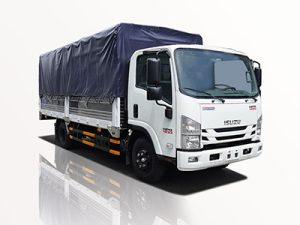Monday to Saturday - 8:00 -17:30
Essential Fire Fighting Tools and Equipment: A Comprehensive Guide
Fire safety is crucial in protecting lives, property, and the environment. Firefighting equipment and tools are the frontline defense against fires, enabling effective response and containment strategies. In this article, we will explore various firefighting tools and equipment, outlining their functions and importance in fire prevention and control.
1. Introduction to Fire Fighting Tools
Fire fighting tools and equipment are specifically designed to help in controlling, suppressing, and extinguishing fires. These tools can range from basic handheld items to sophisticated machinery used in large-scale fire operations. Having the right tools can make a significant difference in how effectively a fire is managed.
2. Basic Fire Fighting Tools
2.1 Fire Extinguishers
Fire extinguishers are portable devices that discharge specific agents to extinguish fires. They are classified into different types based on the classes of fires they can extinguish:
| Type | Fire Class | Typical Use |
|---|---|---|
| A | Ordinary combustibles (wood, paper) | Home and office settings |
| B | Flammable liquids (oil, gasoline) | Garages, workshops |
| C | Electrical fires | Server rooms, electrical panels |
| D | Flammable metals | Industrial settings |
| K | Cooking oils and fats | Commercial kitchens |
2.2 Fire Hoses
Fire hoses are vital tools used to transport water or fire retardant to the site of a fire. They are designed to withstand high pressure. Fire hoses come in various diameters and lengths, and are often made of durable materials like rubber or synthetic fibers.
2.3 Fire Axes
Fire axes are multi-purpose tools used for breaking down doors, ceilings, and walls to access fire. They are designed for durability and effectiveness in emergency situations, making them essential for firefighters.
3. Advanced Fire Fighting Equipment
3.1 Fire Trucks
Fire trucks are equipped with an array of firefighting tools including pumps, hoses, water tanks, and ladders. Modern fire trucks can also carry specialized equipment like aerial platforms for high-rise buildings.
3.2 Fire Ladders
Fire ladders are used to reach high places in emergencies. They come in different styles, including extendable ladders, roof ladders for stability, and aerial ladders found on fire trucks.
3.3 Fire Blankets
Fire blankets are used to smother small fires, particularly in kitchens and areas where flammable materials are present. They are made of fire-resistant materials that can withstand high temperatures.
4. Personal Protective Equipment (PPE)
4.1 Firefighter Turnout Gear
Turnout gear, including helmets, coats, pants, gloves, and boots, protects firefighters from extreme heat, flames, and hazardous materials. This PPE must meet strict safety standards.
4.2 Respiratory Protection
Firefighters are often exposed to smoke and toxic gases. Respirators, including self-contained breathing apparatus (SCBA), provide clean air while working in hazardous environments.
5. Fire Suppression Systems
5.1 Sprinkler Systems
Automatic sprinkler systems are designed to activate when a certain heat level is reached. They are effective in controlling fires in commercial and residential buildings.
5.2 Standpipe Systems
Standpipe systems connect building occupants to emergency water supplies, allowing them to quickly access water in case of fire. They are often found in larger buildings, enabling a direct water supply to various floors.
6. Fire Safety Tools for Homes and Businesses
6.1 Smoke Detectors
Smoke detectors are critical safety devices that sense smoke and sound alarms to alert inhabitants. They can save lives by providing early warnings in case of fire.
6.2 Fire Escape Ladders
Fire escape ladders can be installed in homes or businesses to provide an emergency exit option. They are particularly useful in multi-story buildings where traditional exits may be blocked.
7. Fire Fighting Tips and Best Practices
7.1 Regular Inspections
Every fire fighting tool and equipment should undergo regular inspections to ensure functionality and compliance with safety standards. Create a checklist for routine maintenance.
7.2 Training and Drills
Training is essential for anyone involved in fire safety. Regular fire drills help ensure all occupants of a building know how to respond in an emergency.
8. Examples of Fire Fighting Scenarios
8.1 Residential Fire
In a residential fire, having a fire extinguisher on each level of the home can be invaluable. Smoke detectors should be installed outside sleeping areas and on every level to provide immediate alerts.
8.2 Industrial Fire
In an industrial setting, an appropriate fire suppression system, with clear access to fire hoses and extinguishers, is critical. Routine training sessions on using equipment effectively can prevent large-scale fires.
9. Choosing the Right Fire Fighting Tools for Your Needs
9.1 Evaluating Your Environment
Assess your environment to determine the risks. Residential areas may need different equipment compared to commercial buildings. Consult a fire safety professional to identify the correct tools needed for your specific situation.
9.2 Investing in Quality Equipment
Prioritize quality over price when selecting fire fighting equipment. Durable, high-quality tools are essential for effective fire management and ensuring safety.
10. Frequently Asked Questions
10.1 What are the essential fire fighting tools for a home?
Essential tools include fire extinguishers, smoke detectors, fire blankets, and fire escape ladders. Regular inspections and maintenance are crucial for all these tools.
10.2 How often should fire extinguishers be inspected?
Fire extinguishers should be inspected monthly and undergo professional service yearly. It’s important to ensure they are charged and ready for use.
10.3 What type of fire extinguisher is best for a kitchen?
A Class K fire extinguisher is best for kitchens, as it is specifically designed for cooking oils and fats. Additionally, a Class A extinguisher can be useful for common combustibles.
10.4 How can I prepare for a fire emergency?
Create a fire escape plan, conduct regular fire drills, maintain working smoke detectors, and ensure that fire extinguishers are easily accessible and in working order.
10.5 Are fire fighting tools the same for all types of fires?
No, different types of fires require specific tools and extinguishing agents. Understanding the classes of fires is crucial in choosing the right fire fighting equipment.
10.6 How can businesses ensure fire safety compliance?
Businesses can ensure compliance by conducting regular fire safety audits, providing training for employees, maintaining adequate fire fighting equipment, and adhering to local fire safety regulations.


